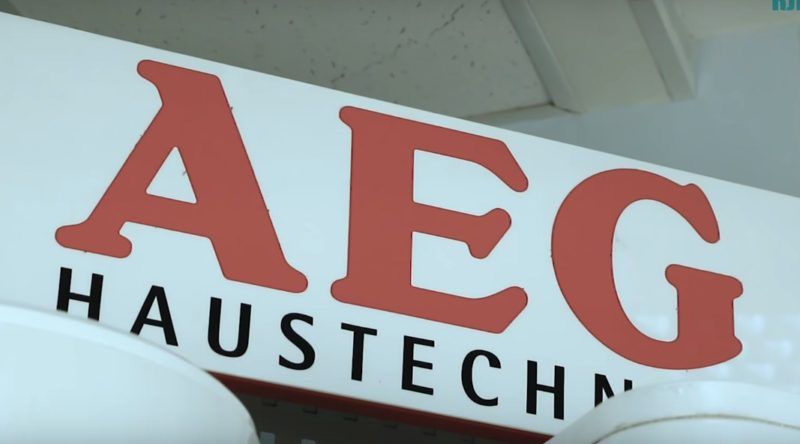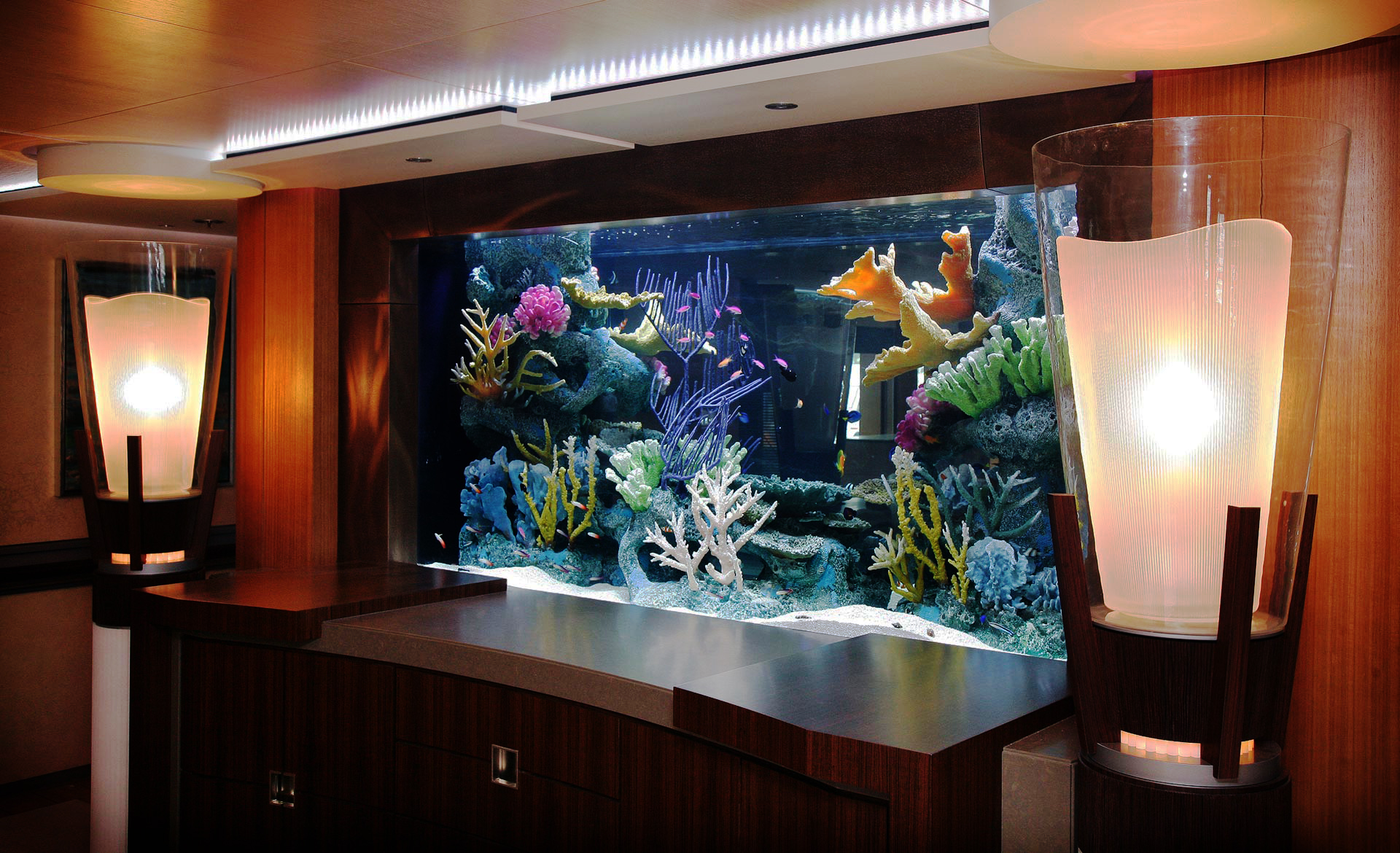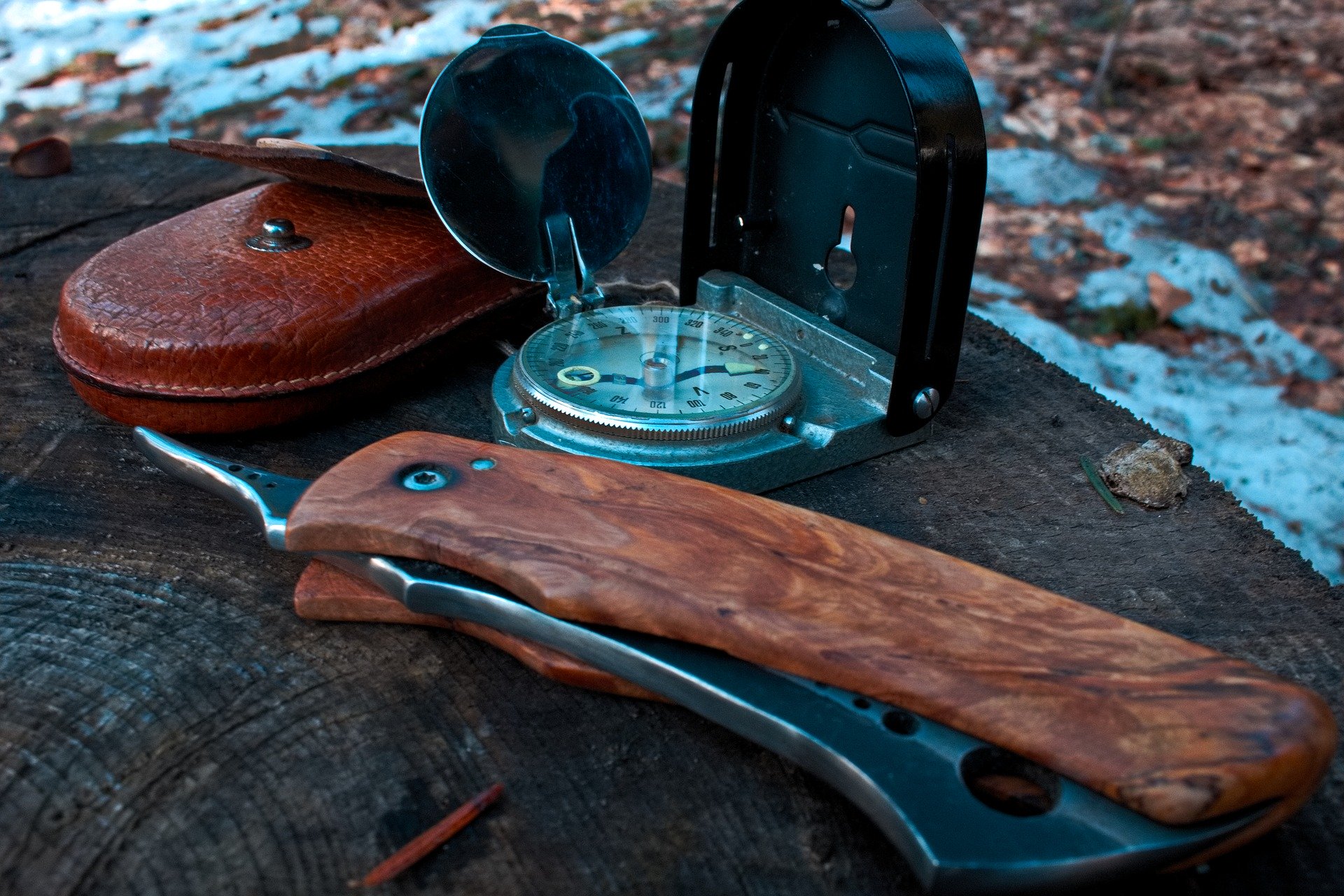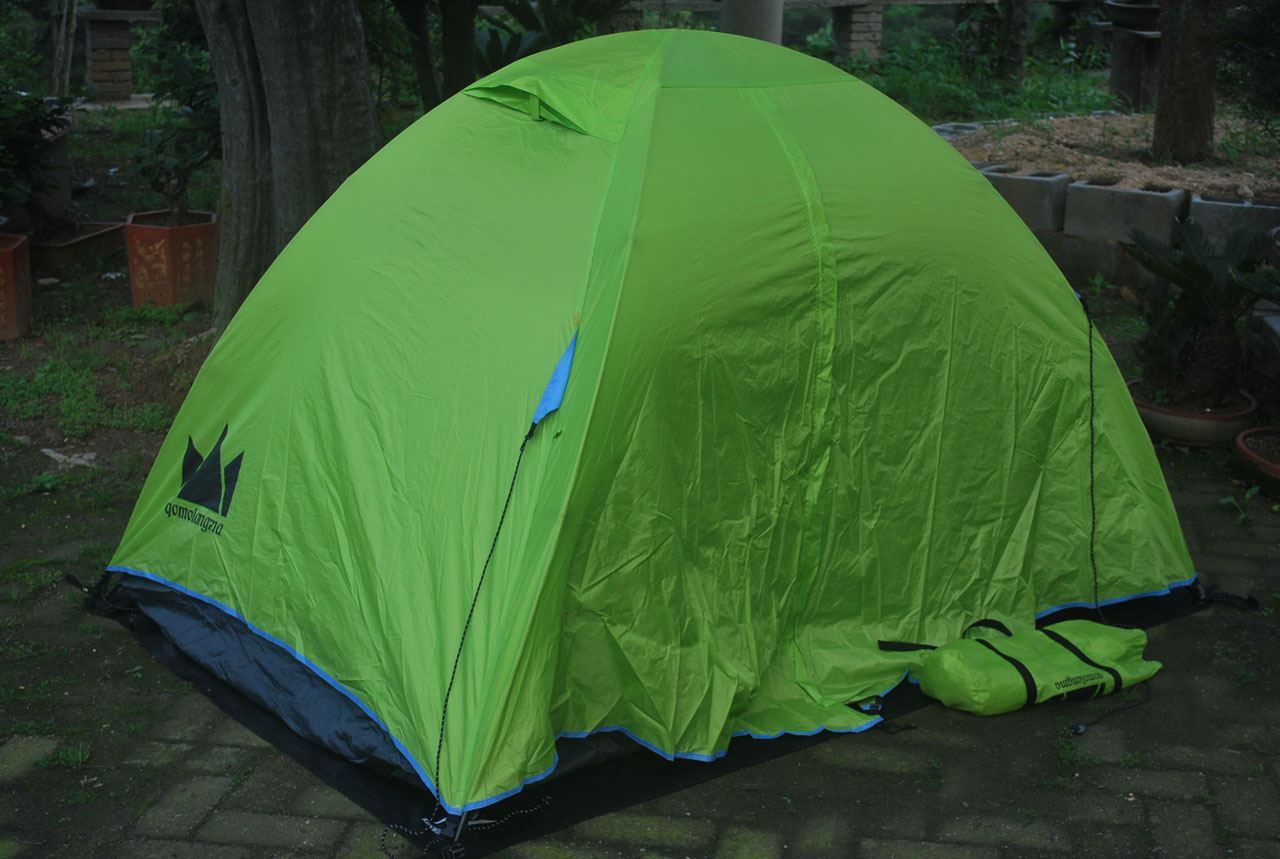Rating of the best roof snow retainers for 2022

Some homeowners naively believe that it is enough to equip a new roof with only reliable gutters, and then it will be guaranteed a long life. However, in this case, the danger emanating from the snow masses, which will accumulate on the roof in winter, is not taken into account. Accordingly, when all this snow mass reaches a critical value, it will inevitably rush down the slope. And here it is no longer possible to give an absolute guarantee that falling ice and snow will not cause harm to anyone. Simple devices called snow retainers will help to avoid such a situation.

Content
- 1 General information
- 2 Popular manufacturing materials
- 3 Modern varieties of snow retainers
- 4 Mounting methods
- 5 Recommendations for installation and operation
- 6 Difficulties of choice
- 7 Rating of the best roof snow retainers for 2022
- 8 Conclusion
General information
Snow retainers are called special structures that are designed to contain the mass of snow that has accumulated on the roof in winter after snowfalls. Such devices hold the snow until it begins to melt. But it will be easy to redirect the already melted water through the drain into the pipe.
Snow guards structurally belong to the group of barrier fences mounted on the roof along the canopies. They are designed to solve the following tasks:
- Protecting the integrity of the roof - ice masses (formed on the surface due to the heating of the inside by warm air emanating from the interior of the house) can easily deform the roof when melting and rolling, leaving deep scratches on it. Such integrity violations are an excellent place for the occurrence of corrosion manifestations, especially for metal profile surfaces.
- Protection of people and property - these barriers prevent snow masses from falling down. Because the snow/ice will fall at a high speed, it will easily damage the objects below or cause damage to people's health. In this case, the devices in question should be equipped with any roof whose slope exceeds 6 degrees (Building Code No. II-26 of 1976).
- Protection against deformation of the external drain - if the roof is not equipped with a snow barrier, then when it converges, it will very easily destroy the external drain, because its fastening brackets will not be able to cope with such an excessive load.
- Protection of roof rafters from overload - well-arranged snow barriers will not only delay the moving melted layer of snow, but will break it into several parts, which will affect the rate of descent in the direction of its decrease. From this it is clear that the frame on the rafters will receive the least overload, and this will already become a tangible support, because in some climatic zones such a layer can weigh up to 300 kilograms.
- Maintaining the thermal insulation regime in winter - the snow accumulated on the slopes during the cold period plays the role of a kind of thermal insulator, therefore, barriers that do not allow it to descend prematurely maintain heat in the interior. This effect is especially noticeable on slopes made of metal tiles.
Current building codes recommend that snow catchers be located next to any shed. However, practice shows that it is more economically feasible to install them exclusively above risk areas: entrance groups, entrances, parking spaces, walking paths, etc.
Popular manufacturing materials
The fixtures in question can be made of brass, stainless steel, cast aluminum or its extruded version, as well as durable plastic. Plastic and aluminum-cast structures have the most minimal weight, but they are limited in terms of bearing the load of the snow layer and will easily fail during heavy snowfalls. Various additional accessories can be used for different roof materials - for example, special hooks are provided for models made of stainless steel and brass, which will ensure their reliable fixation on a roof made of metal tiles. Brass samples are also characterized by a more attractive visual design, they are practically not subject to rust formation, they are perfectly combined with the copper surface of the slopes. If we talk about steel specimens, then their main advantage lies in an increased degree of strength and, in addition, they all necessarily have a powder anti-corrosion coating.
Modern varieties of snow retainers
Today's manufacturers specialize in two main groups of barriers - those that completely block the snow-ice layer, and those that partially let it through. The final design variations will differ in form and functionality. There are 5 forms in total.
- "Corners".
They are used in regions where there is little solid precipitation during the cold season. If you plan to mount them on a metal tile, then the stopper made of galvanized steel will be the best option here. If the surface of the slope is made of corrugated board, then it is better to use the holder model made of stainless steel sheet.
Corner models have a triangular shape, their sizes vary from 4 to 6 centimeters. When installed, the recommended angle of inclination for them should not exceed 30 degrees. It is with this angle that the snow mass will be most effectively retained. They are fixed at the top point of the roof along the entire length of its ridge. Products are placed in a checkerboard pattern in several rows, observing intervals with a size of 50 to 100 centimeters.
Of the minuses of the corner stoppers, one can note their low strength and the need for periodic manual cleaning.
- "Grids".
They are structurally a sheet of galvanized steel, which is painted in the same color as the slopes. Their height can vary from 5 to 20 centimeters, and this clearly indicates strength and endurance. Outwardly, they look like a bracket with a grid installed vertically on it. The lattice model assumes the presence of only one ability - to pass through itself sufficiently melted snow layers. Grids can even be mounted on metal tiles, not to mention steel roofing materials. Their fixation is carried out along the entire cornice length of the slope. At the same time, it is worth considering that the strength of lattice models directly depends on the thickness of the metal sheet from which the guide system is made.
- "Teeth".
Toothed stoppers have been specially developed and oriented for use on shingle roofs. They do not require a high degree of strength and they are characterized by the ability to guarantee the separation of snow-ice layers. Installation is carried out by inserting a fastener under the roof slope.
- "Tubes".
The product consists of brackets on which two tubes with a diameter of 15 to 20 millimeters are fixed with a total height of not more than 15 centimeters. Their lower part is equipped with a special small shelf, which is the mounting base. Attachment to the surface is carried out by means of screws. The strength of the tubular samples will depend on the gap between the bottom tube and the roof, which should vary between 2 and 3 centimeters. Tubes should not be installed on slopes whose angle of inclination exceeds 60 degrees - as they will lose their effectiveness.
- "Point".
Such models are not designed to hold large seams. They are recommended for arranging roofs with a slight slope and having a soft surface. Their peculiarity lies in the fact that they are mounted simultaneously with the laying of the roof. It is possible to increase their efficiency by adding tubular stoppers.
Mounting methods
In total, there are two ways to attach snow stops to the roof:
- On glue;
- For fasteners.
The advantages and strength of the latter type of fastening are obvious, because it is based on the use of threaded connections. However, fixing the brackets of tubular models will require direct access to the crate base, and it is located above the level of the load-bearing wall, which will create some difficulties. Moreover, fasteners must be made by supporting plastic screw gaskets. At the same time, it should be understood that if the delay model involves the use of hooks, then they must be placed in advance on the boards of the counter-lattice before laying the roof. Models of the “corner” type should be mounted in especially critical places, because it is designed to prevent the shedding of small fragments of icing."Corners" are recommended to be used in tandem with "tubes" - it's easier to fix them both, while increasing the performance of the entire system.
Recommendations for installation and operation
When using snow guards, the following rules must be observed:
- If the climate involves a snowy and long winter, then you need to use gear or combined models. For milder conditions, simpler models are suitable - point or corner.
- For an abundant sedimentary layer, tubular devices are perfect. They will easily not only delay the snow layer, but also prevent the growth of icicles. They are also quite convenient during the forced cleaning of the roof.
- It is necessary to clean from snow not only the roof surface, but also the snow catchers themselves - over time, an excessive layer of ice is deposited on them, which does not allow the layer to go further.
- If the roof has two joining slopes that form a sufficient recess (valley roof), then additional elements will be required to protect it. For example, in the recess, you will have to equip a separate skate, which will serve as a guide to the stopper.
IMPORTANT! It should be noted that in the northern countries of Europe, the operation of buildings is generally not allowed if they are not equipped with snow guards. In the Russian Federation, such a compulsory principle has not been implemented, but it has sufficient grounds, especially for structures located in climatic zones with heavy solid precipitation. Therefore, most experts recommend installing snow stops immediately, i.e. during roofing.
Difficulties of choice
When buying a snow barrier, you need to pay attention to the following nuances:
- Type of roof material to be protected - for a soft surface or metal tiles, tubular-type models are more suitable.In general, it is for such a roof that stoppers are simply mandatory, because its smooth and even surface is simply not capable of holding snow in any way.
- The angle of the slope - it is determined independently using a goniometer. If the indicator of this parameter is large, then excessive pressure will be exerted on the snow retainer. Therefore, here it is necessary to use "lattices" or "tubes" made of durable material. But “toothed” or “point” models are more suitable for more gentle slopes, where you won’t have to worry about the additional strength of the stopper.
- Roof length - this parameter is decisive not only for the future type of the selected snow retainer, but also for the number of devices used and their location. If the length of one pitched surface is from 5.5 meters, then to protect it, you will need to combine several types of traps (the preferred option is “toothed” with “tubular”). They should be arranged in several rows with an interval of 2-3 meters.
- Snow load - the type of stopper material will depend on this parameter. The higher this indicator, the stronger the material of manufacture should be.
Rating of the best roof snow retainers for 2022
Budget segment
3rd place: "For soft roofing TechnoNIKOL, brown color RAL 8017, 5 pieces"
The model is made on the basis of galvanized steel, covered with a special protective paint that suppresses negative atmospheric effects. The yokes themselves are installed on a pitched roof with a slight slope. The location is assumed to be in the form of a chess field. The recommended distance between each element is from 50 to 70 centimeters. The base of the stopper is fixed on the crate, and the attachment point itself is again covered with roofing material.The model easily prevents avalanches of ice and snow from the roof. The recommended cost for retail chains is 910 rubles.

- Reduces snow load on the surface of slopes;
- Virtually unaffected by rust.
- Made from high quality material.
- Not detected.
2nd place: "Grand Line" snow retention bar, thickness 0.45 m, length 1250 mm, color "Zinc"
This product is an important element of building safety and can effectively prevent avalanches from the roof. Easily works with any roofing materials, and even with those that have a rough surface (bituminous tiles or ondulin). For such roofs with the help of the product it is possible to increase the percentage of safety provided. At the same time, the model will work perfectly with standard materials, such as corrugated board or metal tiles. It is a mandatory element for installation on buildings in northern climatic regions. The recommended cost for retail chains is 1200 rubles.

- Excellent cutting ability;
- Excellent spring protection for the roof drainage system;
- Democratic price.
- Not detected.
1st place: "Universal tubular RR 32 ( 1.49 m ) Grand Line 2 brackets"
This sample is designed to prevent uncontrolled snow from the roof. It portionwise passes snow layers and ice between the surface and pipes.With it, you can eliminate the risk of disruption of the hooks of the drainage system, denting of the gutters, damage to the architectural elements of the roof. It will not allow ice to damage a car parked next to the building or harm the health of people passing by. Perfect for complex roof structures, whose adjacent slopes form a recess (valley roof). The recommended cost for retail chains is 1400 rubles.

- Tight fixation to the surface by means of washer seals;
- The crimp available on the pipes makes it easy to dock adjacent products;
- It has additional support ribs.
- Not detected.
Middle price segment
3rd place: "TP Yota (green) 10 pcs."
The model is intended to prevent the descent of snow avalanches and ice from the pitched roof. It can easily prevent many possible accidents that can occur during the thaw period, and which can lead to injury to people or property damage to other objects - parked cars or adjoining buildings. The recommended cost for retail chains is 1500 rubles.

- Easy installation;
- Reliable fastening;
- Durable manufacturing material.
- Not detected.
2nd place: "TP Sigma (brown) 10 pcs."
The model is made of high-strength raw materials, namely polycarbonate, which is particularly resistant to ultraviolet radiation and harmful weather conditions.Corners can be constantly operated at temperatures ranging from -70 to +100 degrees Celsius, and for a short time at temperatures from -85 to +150 degrees Celsius. Each element weighs no more than 60 grams. Normal deviations in dimensions up to 1 millimeter are provided. The total service life is at least half a century. The recommended cost for retail chains is 1700 rubles.

- Extended operating conditions;
- Long service life;
- High-strength raw materials of production.
- Not detected.
1st place: "Angled snow guard 112 x 85 mm, 5 pieces 1.25 m green (RAL 6005)"
This product is made with a V-shaped bar. It is fixed on the surface by means of a shelf base. The production material is galvanized steel with a polymer lining. Thanks to the shape used, the whole structure is light and even a large number of them installed on the roof will not give the last emergency load. Planks have a height of 8.5 centimeters, which is quite enough to effectively hold the avalanche. The small dimensions make the bar almost invisible, so their group installation will not damage the appearance of the roof. It is best to use strips on a profiled sheet or metal tile. Due to the small maximum load, it is recommended to use on slopes with a length of no more than 4 meters. The recommended cost for retail chains is 2000 rubles.

- Easy installation;
- Light weight;
- Excellent impermeability;
- Stealth.
- Not detected.
Premium class
3rd place: "L-shaped plank 132x80x1200 "Red wine" (RAL 3005)"
This model with a glossy finish is perfect for installation on a corrugated or metal roof. The thickness of the metal used is 0.45 mm, the base itself is galvanized and coated with a protective polymer. The content of zinc substance is 140 grams per square meter. The kit contains 4 elements with a length of 120 centimeters. It is recommended for equipment of outbuildings, garages, bathhouses and private houses. The recommended cost for retail chains is 2330 rubles.

- One year warranty;
- The presence of its own polymer protection;
- Adequate value for money.
- Not detected.
2nd place: "BORGE New Line D-25 mm, length 3 m, 4 supports for metal tiles, graphite color"
This sample structurally consists of two pipes, which are securely fixed on the roof along its slopes by means of special support brackets. It is a reliable safety element and prevents snow avalanches from sliding down. It perfectly holds the snow cover on the surface when it is necessary to maintain thermal insulation properties, as well as preventing its sudden disappearance during the melting period. It is considered an ideal option for country houses, temporary buildings and is suitable for budget construction. The recommended cost for retail chains is 2475 rubles.

- Production material - cold-rolled steel;
- One year warranty;
- Compatible with any roofing material.
- Not detected.
1st place: "Decorative "Griffin" snow guard on the roof, color RAL 8017. 1m."
This product is designed to prevent the descent of snow-like avalanches, protecting the drainage system from destruction, as well as ensuring a uniform load of ice on the coating, as well as maintaining heat-insulating properties. It can be installed on flexible tiles, corrugated board or metal tiles. It is an indispensable element of protection for areas with heavy snowfall. The recommended cost for retail chains is 2740 rubles.

- Designer uniform;
- Full functional fitness;
- Practical versatility.
- Not detected.
Conclusion
Roof snow retainers are more relevant for regions where extremely snowy winter periods prevail. In such areas, snow avalanches from roofs most often occur, which lead to large-scale damage and human injury. Snow guards are capable of significantly reducing such risks and even completely eliminating them, however, the selection of such devices should be based on the specific characteristics of the building they equip.
new entries
Categories
Useful
Popular Articles
-

Top ranking of the best and cheapest scooters up to 50cc in 2022
Views: 131649 -

Rating of the best soundproofing materials for an apartment in 2022
Views: 127687 -

Rating of cheap analogues of expensive medicines for flu and colds for 2022
Views: 124516 -

The best men's sneakers in 2022
Views: 124030 -

The Best Complex Vitamins in 2022
Views: 121937 -

Top ranking of the best smartwatches 2022 - price-quality ratio
Views: 114978 -

The best paint for gray hair - top rating 2022
Views: 113393 -

Ranking of the best wood paints for interior work in 2022
Views: 110317 -

Rating of the best spinning reels in 2022
Views: 105326 -

Ranking of the best sex dolls for men for 2022
Views: 104362 -

Ranking of the best action cameras from China in 2022
Views: 102214 -

The most effective calcium preparations for adults and children in 2022
Views: 102010









